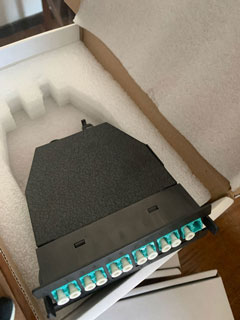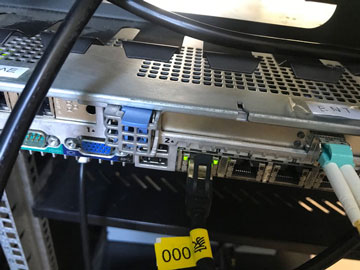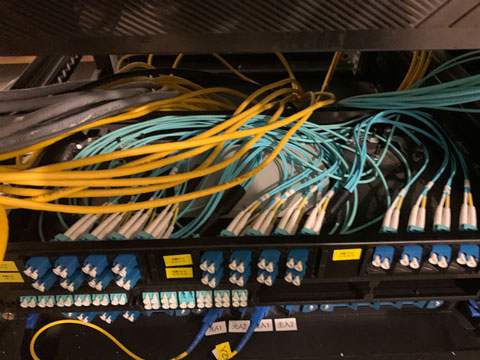Datacenter Network
Introduction
The network is the most essential component of a datacenter. To meet the diverse needs of various applications and ports, the network is divided into three tiers: 1G, 10G, and 40G. Please note that security issues such as VLAN policy are not part of this discussion.
This part consists of four components: the router, several switches, cables and fibers, and the structure. While some equipment such as wireless switches may not be directly related to the datacenter itself, they are still part of the datacenter's network. If you notice any equipment in the network that has not been discussed, it is likely present due to external factors.

The Equipment
The Router
As the central point for all outbound traffic, the router needs to be powerful enough to handle the load. The datacenter is equipped with two broadband lines from China Unicom, each with a capacity of 1Gbps, serving different purposes. Additionally, due to special network conditions in China, proxies need to be set up in the router to route traffic to specific destinations through a different path. In light of these requirements, an OpenWRT router was selected for its flexibility and performance.
OpenWRT is an open-source router operating system that supports various hardware. To ensure long-term performance, a Dell R630 server was used as the router. This server is equipped with dual Intel Xeon E5-2637 v4 processors, each with 4 cores running at 3.7GHz. This CPU provides a balance between single-core frequency and core counts, which is optimal for a router.

The Switches
In order to support various functions such as wireless networking, surveillance, management networks, and high-speed networking, a variety of switches were used.
| Purpose | Amount | Model | Speed | Ports | Notes |
|---|---|---|---|---|---|
| Core/High-Speed 40G | 1 | Arista 7050QX-32 | 40G | 32 * QSFP+ | 1 * QSFP+ can be splitted to 4 * SFP+ |
| Management Network | 1 | H3C S5800-56C | 1G + 10G | 48 * RJ45(1G) + 4 * SFP+(10G) | |
| Wireless AP | 2 | TP-Link TL-SG1210PE | 1G | 8 * RJ45(1G) + 1 * SFP (1G) | POE Switch |
| Surveillance Camera | 2 | TP-Link TL-SG1210PE | 1G | 8 * RJ45(1G) + 1 * SFP (1G) | POE Switch |
Other network equipment, like Wireless AC, are not shown here.
The Cables & Fibers
Cables and fibers were utilized to connect the various equipment. To enable flexible deployment of RJ45 cables, I chose to install the connectors myself. As for the fibers, due to the difficulty and expense of using a fusion splicer, I estimated the required length in advance and purchased longer and extra cables to account for any accidents.
List of cables and their specifications:
| Type | Speed | Specification |
|---|---|---|
| RJ 45 | 1 G | CAT 6E (Using CAT 7 terminal) |
| Fiber | 1G / 10G | LC-LC |
| Fiber | 1G | SC |
| Fiber Cable | 40G | MPO OM4 12-Core |
| Fiber Cable | Splitted | MPO OM4 24-Core |

The Structure
All standard equipment is first connected to their respective unmanaged switches. From there, the uplink is connected to the core switches and assigned a VLAN number. All high-speed hardware with a speed of 10G or more is directly connected to the core switch. The core switch then sends all outbound traffic to the gateway router, which is then routed through different routers and proxies based on preset policies.
I know this description is relatively short and not informative. However, the complete structure includes detailed VLAN policies, and revealing them publicly could pose a security risk.